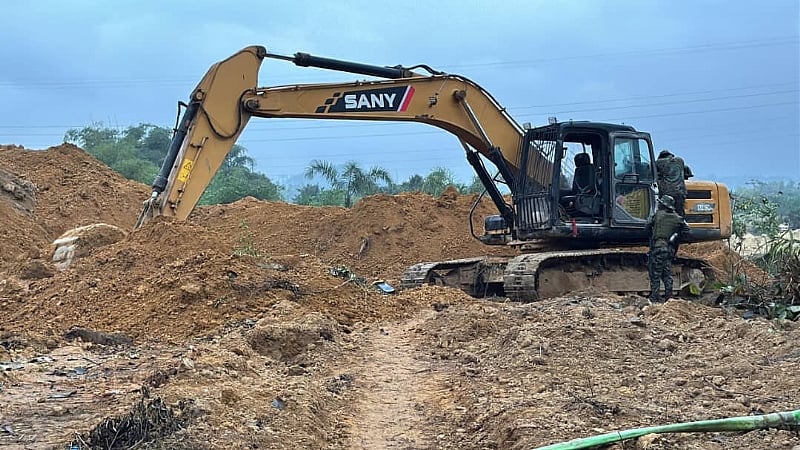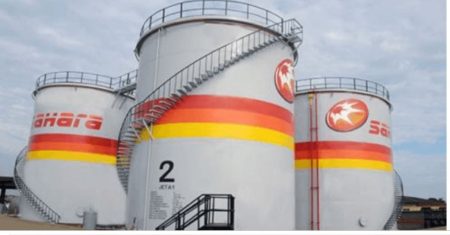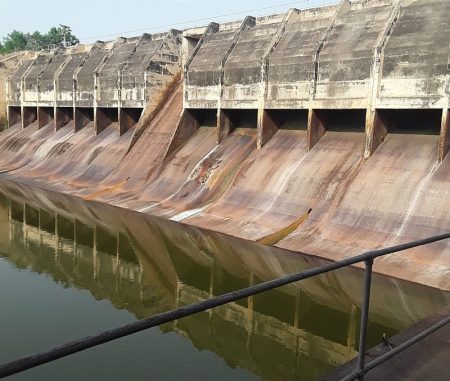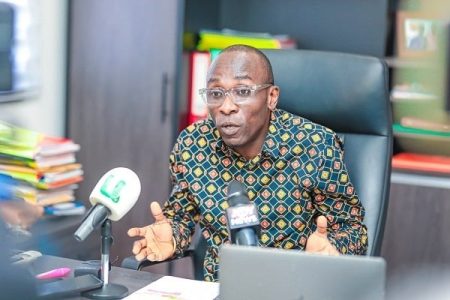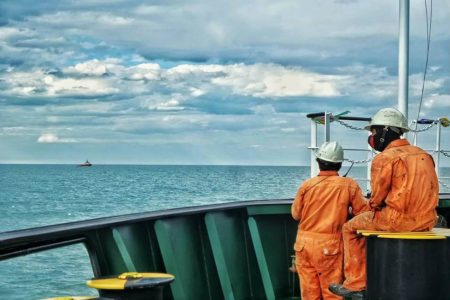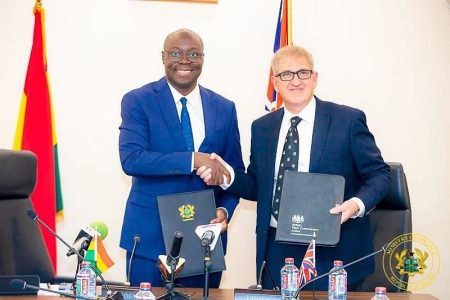Paragraph 1: The Menace of Galamsey and the National Response
Illegal mining, locally known as “galamsey,” poses a significant threat to Ghana’s environment, economy, and social fabric. It leads to deforestation, water pollution, land degradation, and the loss of biodiversity. The contamination of water bodies with heavy metals like mercury poses severe health risks to communities dependent on these resources for drinking and agriculture. Recognizing the urgency of this issue, the Ghanaian government established the National Anti-Illegal Mining Operations Secretariat (NAIMOS) Task Force to combat this destructive practice. This task force collaborates with regional security councils and other stakeholders to carry out operations aimed at dismantling illegal mining sites and apprehending perpetrators.
Paragraph 2: Operation along the Bonsa River: A Targeted Intervention
In a recent operation, the NAIMOS Task Force, in conjunction with the Western Regional Security Council and the Blue Water Guards, targeted illegal mining activities along the Bonsa River in the Tarkwa Nsuaem Municipality of the Western Region. This area has been identified as a hotspot for galamsey, and the operation was part of a broader national strategy to reclaim and protect Ghana’s forests and water bodies. The Task Force meticulously cleared several makeshift structures erected by illegal miners at various sites along the river. These structures often serve as operational bases and accommodation for the miners. The swift action taken by the Task Force aimed to disrupt these illegal operations and prevent further environmental damage.
Paragraph 3: Confiscation of Equipment and Disruption of Operations
The operation resulted in the seizure of various mining equipment and supplies abandoned by fleeing miners. Among the confiscated items were ten water pumping machines, four Chanfang machines (commonly used for processing ore), five engine seats, and, alarmingly, a pump-action gun. The discovery of a firearm underscores the potential for violence and criminality associated with galamsey. In Bonsawireh Sikaman, a known illegal mining community, the Task Force discovered abandoned excavators and disabled them by removing their control boards. This action prevented the excavators from being used in further illegal mining activities and represents a significant blow to the illegal miners’ operational capacity.
Paragraph 4: Challenges and Recommendations for Enhanced Effectiveness
While the operation was successful in dismantling illegal mining sites and seizing equipment, the NAIMOS Task Force faces several challenges that hinder their effectiveness. One significant challenge is the lack of adequate accommodation for the Task Force members, particularly during extended deployments in remote areas. Providing suitable accommodation will improve their operational efficiency and morale. Furthermore, limitations in mobile network coverage in these areas hamper communication and coordination among task force members. Enhancing communication infrastructure is critical for the success of future operations.
Paragraph 5: The Importance of Public Awareness and Community Engagement
The NAIMOS Task Force emphasizes the crucial role of public awareness and education in combating illegal mining. They advocate for a comprehensive national agenda to sensitize communities, particularly those in mining areas, about the devastating consequences of galamsey. This includes raising awareness about the environmental damage, health risks, and economic losses associated with this illicit activity. Leveraging various media platforms, including electronic, print, and social media, is essential to reach a wider audience and effectively communicate the dangers of galamsey. Empowering local communities with knowledge is key to changing attitudes and behaviors related to illegal mining.
Paragraph 6: Sustained Efforts and Commitment to Environmental Protection
The recent operation along the Bonsa River served as a strong deterrent to illegal miners, sending a clear message that their activities will not be tolerated. The Task Force remains committed to sustaining these efforts and working collaboratively with other stakeholders to protect Ghana’s environment and natural resources. Continued vigilance, effective law enforcement, and community engagement are essential to combatting galamsey and ensuring a sustainable future for Ghana. The government’s commitment to providing the necessary resources and addressing the challenges faced by the Task Force will be crucial in achieving long-term success in this fight against illegal mining.





